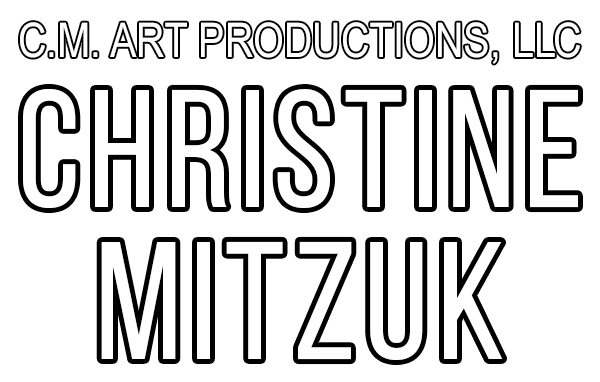
I teach a portrait class Tuesday evenings so when I’m not helping students, I’m helping myself by working on this head study.
This was a great opportunity to experiment with Yarka Russian Sauce. What fun! I love the darks I’m getting. This all started with my interest in Valentin Serov’s work. I was intrigued by the rich darks I was seeing in some of the reproductions of Serov’s portraits but wasn’t sure (still not sure) if he used Sauce or charcoal.
Russian Sauce is a pastel of sorts but it feels smoother than other soft pastels I’ve used. Plus, it’s water soluble (at least the black is; I haven’t tried water with the colors).
An artist buddy of mine had taken Margaret Baumgaertner’s portrait workshop dealing with Sauce so I picked up a few tips from her:
Create a little bag (or pounce pad) out of a portion of nylon stocking. Grind a bit of a stick of the black sauce in a mortar and pestle to a fine powder (which gets everywhere so watch out, and you might want to wear a dust mask). Load up the powder in the bag. Seal it off with a rubber band. Then you can apply the powder to paper by dabbing or smearing.
I used the pounce pad on the background. My bag was pretty loose and I ended up with a streaky application that was difficult to smooth out. Next time I think I’ll fill the bag so it bulges. Or perhaps apply the powder and then use a sponge, paper towel, or tortillion for a smoother overall tone.
For this portrait study, first I lightly drew the facial structure with pencil. Then I laid in values. I dabbed and mopped with my pounce pad, laying in rough value relationships. I used a kneaded eraser to refine the structure, refining the shapes and edges, erasing back to the paper where needed. Then I worked the darker values by drawing with a stick of the black. The really rich darks were then wet with clear water using a watercolor brush (my trusty Prang 7). Then I added a bit more dark, drawing into the damp area with the stick of black.
Odds and Ends
I store my homemade pounce pad in a little glass jar so the powder doesn’t get all over the place.
Margaret Baumgaertner has a DVD on how to use Russian Sauce. I haven’t watched it so can’t speak on the content or quality of the DVD but her sales page has some interesting and useful information.
Next week I’ll post about transferring my drawing to canvas for painting.
